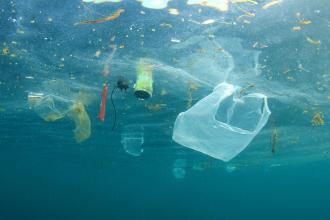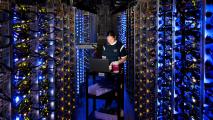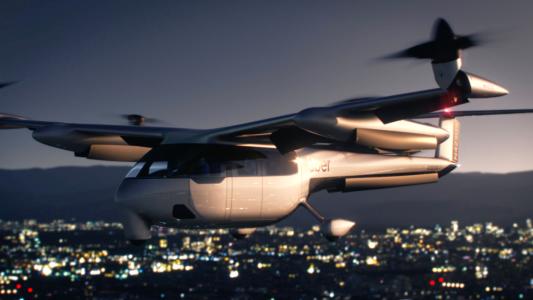What goes in, must come out, right? For some bacteria, that means ingesting food scraps and transforming them into plastic. Scientists hope these single-celled organisms can help address our mounting plastic pollution and food waste problems.
The World Economic Forum even claims that, by 2050, there may be more plastic by weight in the ocean than there are fish. To add to that, about one-third, or 1.3 billion tons, of the food produced each year globally is wasted or lost, according to the UN Food and Agriculture Organization.
Canadian innovator Luna Yu hopes to transform these problems by “turning waste into value.”
By 2050, there may be more plastic by weight in the ocean than there are fish.
Despite earning a master’s degree in environmental science at the University of Toronto, Scarborough, Yu considers herself more of an entrepreneur than a scientist. She was reading research papers on biogas (gas produced by breaking down organic waste) when she saw an opportunity for bioplastics: maybe there was an economical way to make biodegradable plastics from organic waste, too.
Yu saw an opportunity for bioplastics: maybe there was an economical way to make biodegradable plastics from organic waste.
Making Use of Food Waste to Reduce Plastic Pollution
Unlike biogas, which takes a long time to produce and has a low profit margin, she saw more promise with bioplastics. Done right, they could have a higher profit margin and opportunity to scale up.
Yu reached out to the Sri Lankan-born biochemist Hasitha de Alwis, who was immediately drawn to the idea because it touched on two issues that are important to him: reducing plastic pollution and reducing food waste.
When de Alwis first came to Canada, he was taken aback by the abundance of food waste.
“Where I come from, not everyone has enough food. People buy portions of food to feed themselves and their families. Food waste was minimal compared to North America,” he says.
De Alwis believes plastic has gotten so practical, useful, and abundant that “it is hard for people to live without.” Together, Yu and de Alwis launched Genecis Bioindustries in 2016 to make use of food waste and simultaneously reduce plastic pollution — the ideal twofer for de Alwis.
Most plastic waste in the ocean never completely degrades and is laden with plasticizers that can be bad for the environment and human health.
The team’s first challenge was to find the right mixture of bacteria. They scoured the Toronto region and found 200 new, undocumented bacteria. After some trial and error, they settled on a mixture of bacteria that could convert organic food waste into biodegradable plastic pellets, which could be used for packaging, coffee pods, and 3D printing.
The process uses a proprietary combination of bacteria to break down the organic waste into fatty acids. Then, a second bacteria pieces them together into PHA, a kind of biodegradable plastic. In the final step, the scientists use a chemical process to open the bacterial cells and extract the plastic particles. The entire procedure takes only seven days in the large bioreactors at the University of Toronto.
Most plastic waste that is piling up in the oceans never completely degrades and is laden with plasticizers that can be bad for the environment and human health. But PHA plastic is recognized as the most biodegradable, non-toxic plastic available. It breaks down in less than a year in nature and ten years in water.
By mitigating food waste and creating a biodegradable product, the process shows promise for the “circular economy,” a system that reduces waste and the excessive use of resources.
PHA plastic is recognized as the most biodegradable, non-toxic plastic available. It breaks down in less than a year in nature and ten years in water.
PHA Bioplastic Could Be the Next Big Thing
PHA-producing bacteria have been around for many years, but due to the high cost and the challenge of extracting the plastic, commercializing it is still an emerging field.
Other PHA producers rely on costly sources like vegetable oil or sugar to feed their bacteria. De Alwis estimates that, for those companies, 40% of production costs come from growing the feedstock, which also must compete with farmland for growing food. By contrast, Genecis sources its feedstock from discarded organic food waste, repurposing a largely useless material and eliminating the need for new resources.
“We get paid to take away food waste. It reduces the cost for the consumer and increases appeal to people who care about the environment,” de Alwis says.
“Why do we toss our waste into landfills when we can get more out of it?” he asks, adding that he thinks PHA bioplastic could be “the next big thing.”
“Why do we toss our waste into landfills when we can get more out of it?”
Hasitha de Alwis Biochemist
At the end of the day, Genecis makes you wonder why a plastic pollution problem even exists — and whether it will soon be a thing of the past.






